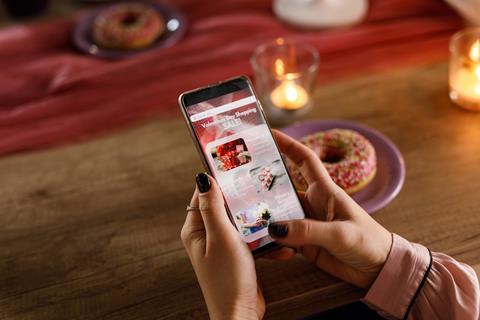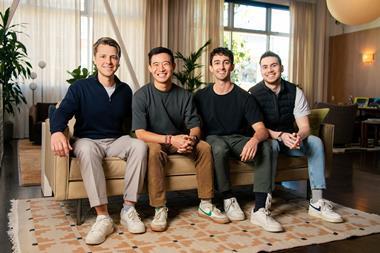
Digital advertising has a dirty secret. Everyone knows it – agencies, media owners, even advertisers – but no one talks about it. And it’s this: attribution doesn’t work as a way of measuring ad effectiveness and ROI.
Attribution links one piece of consumer behaviour – seeing an ad – to another – buying the product advertised. It works on the assumption the first caused the second. The agency adds up all the sales linked to a person seeing the ad, then divides by the amount spent on the ad, and that’s the return on ad spend (ROAS) number they report back to the client.
But what attribution can’t tell you is what would have happened anyway. If you took 100 people with a cold and gave them a glass of Coke, then went back two weeks later, you’d probably find that all of them had got better. Did the Coke cure them? Of course not, but that’s what an attribution model would claim.
The reason no one talks about this is because they don’t want to raise the much harder question: what effect did the advertising have, then?
This is where retail media comes in. The problem with attribution is that it’s very hard – and very expensive – to measure what people don’t do. It also takes so long that, by the time you’ve worked out your ROAS using a technique like market mix modelling, you’ve probably run a load of other campaigns without the benefit of knowing what happened with the first one.
Retail media is different. Within an individual retailer’s environment, it’s a closed loop. You know who you’re showing the ad to, and you know who goes on to buy the product. You also know who doesn’t. Most importantly, you know who buys the product without seeing the ad.
This is what’s known as incrementality: it’s the study of what actually happened as a result of an action taken. Retail media generates an abundance of data, and that data can easily be split into exposed and non-exposed groups. That means you can do double-blind testing and proper control-versus-exposed statistical analysis. And you can do it a lot more easily, cheaply and quickly than you can on the open web, or indeed in traditional broadcast advertising, where there is no control group.
SMG uses this technique to give household-name brands a better understanding of how their advertising budget is working, online and offline, and we’ve uncovered some interesting results.
Sometimes, the least glamorous and exciting media channels turn out to be the most successful. For example, in-store radio in a supermarket gives, on average, an ROI of £2.26, whereas in-store sampling only gives an ROI of 23p.
This closed-loop approach to measurement also forms the basis of a meaningful test and learn culture. Brands can experiment with creative, frequency, placement and a host of other variables, and optimise against the results while a campaign is in progress.
This helps brands make their overall budget work better. A few years ago, we started working with a confectionery brand. We analysed every single piece of marketing activity they’d done in retail, using this control-versus-exposed method. And we were able to give them a treasure trove of data about their ad effectiveness, what worked and what didn’t. Across all our retained clients, the average ROI went up from £2.17 per £1 spent in 2020 to £3.73 in 2022 as a result of us taking this approach.
There are caveats, of course. The approach only works within the environment of an individual retailer. But when that retailer is one of the biggest grocery chains in the country, or the biggest health, beauty and pharmacy chain, there’s an awful lot of insight, value and, ultimately, incremental ROI available.
So when people think the secret sauce of retail media is the targeting data, they’re right, but not for the reasons they think. It’s not a question of anticipating what people will do as a result of seeing your advertising – it’s a question of knowing what they did when they didn’t see it.



















No comments yet